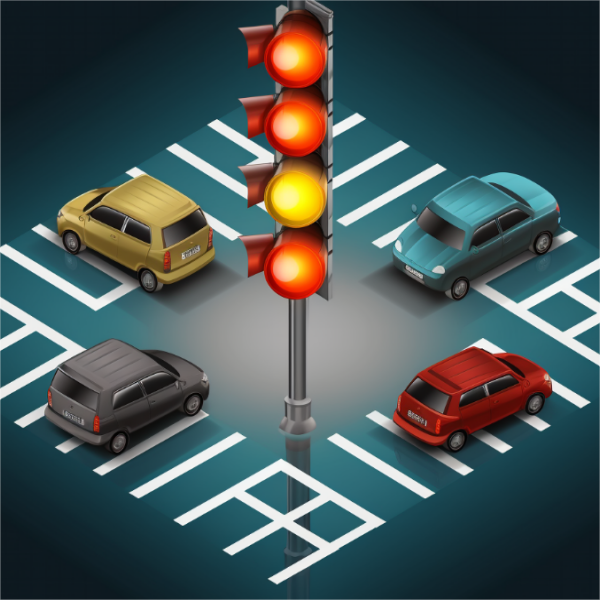Traffic light systems are an important part of modern transportation infrastructure and help regulate the flow of vehicles and pedestrians at intersections. There are different types of traffic light systems used in different environments to ensure safe and efficient traffic management. From traditional fixed-time traffic lights to more advanced adaptive systems, each type has its own unique features and benefits.
A. Timed traffic light system
Timed traffic light systems are the most common type of traffic control device. These systems operate on a predetermined schedule, with each phase of the traffic signal lasting a specific amount of time. Signal timings are typically based on historical traffic patterns and manually adjusted by traffic engineers. While fixed-time traffic lights can effectively manage traffic flow, they may not respond to real-time changes in traffic conditions.
B. Adaptive traffic light system
In contrast, adaptive traffic light systems are designed to adjust the timing of traffic signals based on real-time traffic data. These systems use sensors and cameras to monitor traffic flow and adjust signal timing as needed. By dynamically responding to changes in traffic volume, adaptive traffic lights can help reduce congestion and improve overall traffic efficiency. In addition, adaptive systems can prioritize certain traffic flows, such as giving major traffic flows longer green lights during peak hours.
C. Driven traffic light system
Another type of traffic light system is a driven traffic light, which is triggered by the presence of a vehicle or pedestrian at an intersection. Drive Signal uses sensors, such as ring detectors or cameras, to detect the presence of vehicles waiting at intersections. Once a vehicle is detected, the signal changes to suit the traffic flow. This type of system is particularly useful in areas with changing traffic patterns, as it can adjust signal timing based on actual demand.
D. Smart traffic light system
In recent years, there has been growing interest in smart traffic light systems, which utilize advanced technologies such as artificial intelligence and machine learning to optimize traffic flow. These systems can analyze large amounts of data and make signal timing decisions in real time, taking into account factors such as traffic volume, vehicle speed and pedestrian activity. By using predictive algorithms, smart traffic lights can predict traffic patterns and proactively adjust signal timing.
E. Pedestrian-activated traffic light system
Additionally, there is a pedestrian-activated traffic light system designed to prioritize the safety of pedestrians at intersections. These systems include push-button or motion-activated signals that allow pedestrians to request a crossing. When activated, the pedestrian signal changes to block vehicle traffic and provide pedestrians with a safe crossing time. This type of traffic light system is critical to ensuring pedestrian safety and promoting walkability in urban areas.
In addition to these types of traffic light systems, there are also specialized signals used for specific purposes, such as railroad crossings, bus lanes, and emergency vehicle preemptions. These signals are designed to meet unique traffic management needs and improve safety for specific types of traffic.
Overall, different types of traffic light systems serve the common goal of managing traffic flow and ensuring intersection safety. While traditional fixed-time signals are still widely used, there is a growing trend towards more advanced and adaptive systems that respond to real-time traffic conditions. As technology continues to evolve, we can expect to see further innovations in traffic light systems, ultimately leading to more efficient and safer transportation networks.
Qixiang is an excellent traffic light supplier with 20+ years of export experience, providing professional quotations and after-sales services. Welcome to contact us.
Post time: Jul-11-2024







